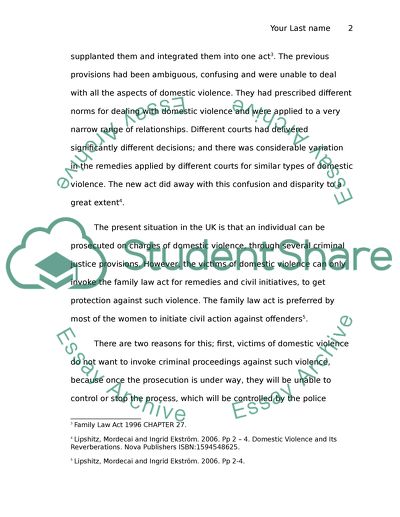Cite this document
(“FAMILY LAW Essay Example | Topics and Well Written Essays - 2500 words - 1”, n.d.)
FAMILY LAW Essay Example | Topics and Well Written Essays - 2500 words - 1. Retrieved from https://studentshare.org/miscellaneous/1545727-family-law
FAMILY LAW Essay Example | Topics and Well Written Essays - 2500 words - 1. Retrieved from https://studentshare.org/miscellaneous/1545727-family-law
(FAMILY LAW Essay Example | Topics and Well Written Essays - 2500 Words - 1)
FAMILY LAW Essay Example | Topics and Well Written Essays - 2500 Words - 1. https://studentshare.org/miscellaneous/1545727-family-law.
FAMILY LAW Essay Example | Topics and Well Written Essays - 2500 Words - 1. https://studentshare.org/miscellaneous/1545727-family-law.
“FAMILY LAW Essay Example | Topics and Well Written Essays - 2500 Words - 1”, n.d. https://studentshare.org/miscellaneous/1545727-family-law.


